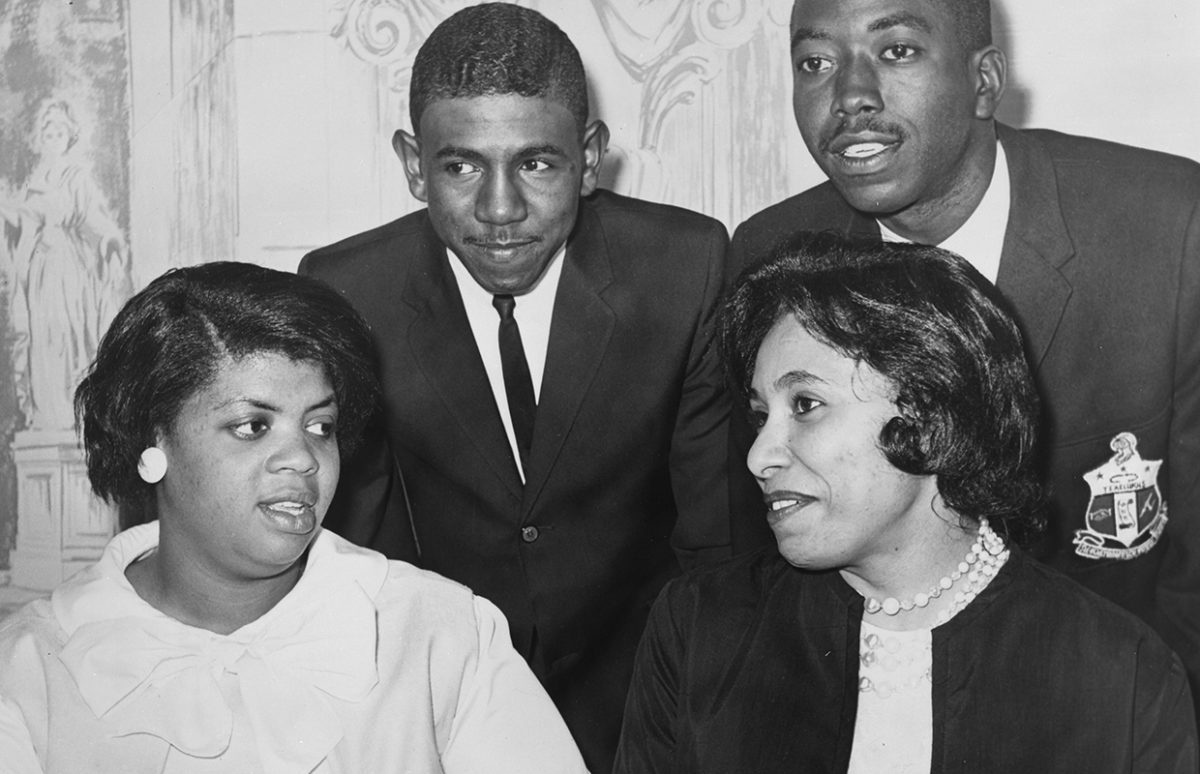Brown v. Board of Education in 1954 is remembered in the U.S. as a landmark moment in the fight for civil rights. But behind the title were real children. The one whose name was forever associated with the case, Linda Brown, has died, aged 76.
Linda Brown was just seven years old in 1951, when her father tried to enrol her at the white elementary school near their home in Topeka, Kansas. As an African-American child, Linda was supposed to attend an all-black school on the other side of town. Oliver Brown decided to challenge this injustice. When the school principal refused to enrol Linda, the Brown family, with the help of the National Association for the Advancement of Colored People, launched a legal challenge.
As the case went from court to court, time passed and Linda Brown continued to attend the African-American school. By 1952, when Brown v. Board of Education reached the Supreme Court, the justices decided to amalgamate the Topeka case with four other cases from Delaware, the District of Columbia, South Carolina, and Virginia, all challenging the constitutionality of racial segregation in public schools.
The crux of the cases was trying to overturn the 1896 Plessy v. Ferguson ruling, which said that segregated public facilities (in that case, trains) were constitutional as long as as they were "separate but equal." The plaintiffs argued that not only were the "Colored-Only" facilities generally of a lower standard, but simply by being separate they embodied the message that one group was inferior.
Ironically, since it became the headline case in the ruling, Topeka was actually less seriously segregated than some of the states where the other four cases originated. Topeka's junior high and high schools were integrated, only the elementary schools were segregated. Linda Brown recalled, "We lived in a mixed neighborhood but when school time came I would have to take the school bus and go clear across town and the white children I played with would go to this other school."
The Rocky Road to Integration
Unfortunately, the Supreme Court decision didn't mean instant desegregation. Further battles such as the ones in Little Rock, Arkansas in 1957 would ensue.
Cheryl Brown Henderson, Linda's younger sister, told the BBC World Service that even after the 1954 ruling, the Kansas authorities still managed to find a way to apply the letter, rather than the spirit of the law. Before the ruling was even made, the Superintendent for Topeka Schools planned to sack many of the African-American teachers, arguing that white parents wouldn't accept them teaching mixed classes. Brown Henderson was young enough to be in the first integrated elementary school class after the ruling, but from kindergarten to her post-graduate university studies, she never had a non-white teacher. Children had won the right to an equal education, but teachers had lost the right to teach.
Linda Brown continued to support civil rights causes all her life, In 1979, she sued the Topeka authorities on behalf of her own children, eventually forcing a proper desegregation plan in 1993, almost 40 years after the Supreme Court decision.
> School Integration Webpicks
> Little Rock School Integration Videos
> Martin Luther King Slideshow
> Civil Rights: The Montgomery Bus Boycott
Tag(s) : "Brown v Board of Education" "civil rights" "equality" "NAACP" "schools" "Segregation" "Supreme Court" "U.S. history"





